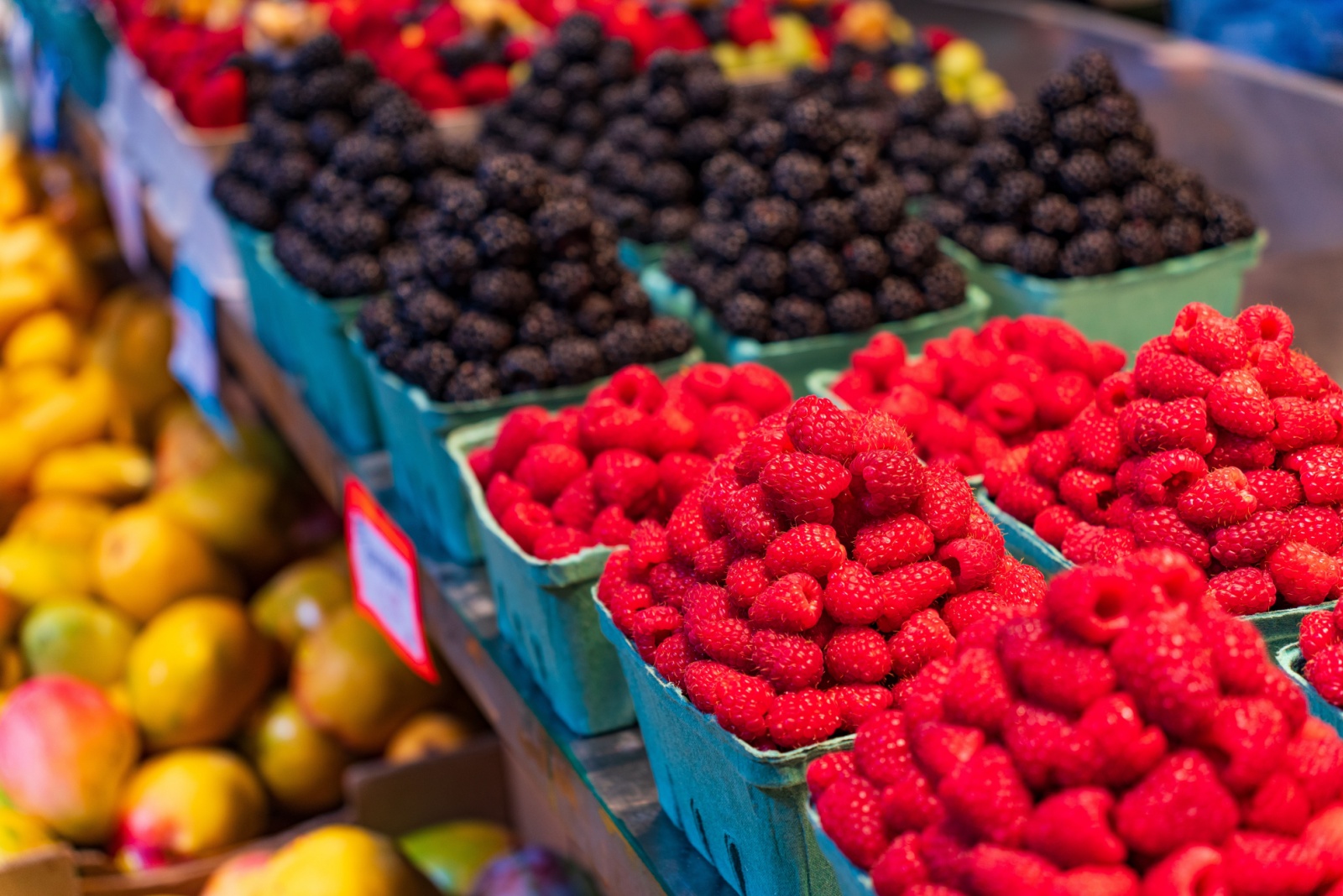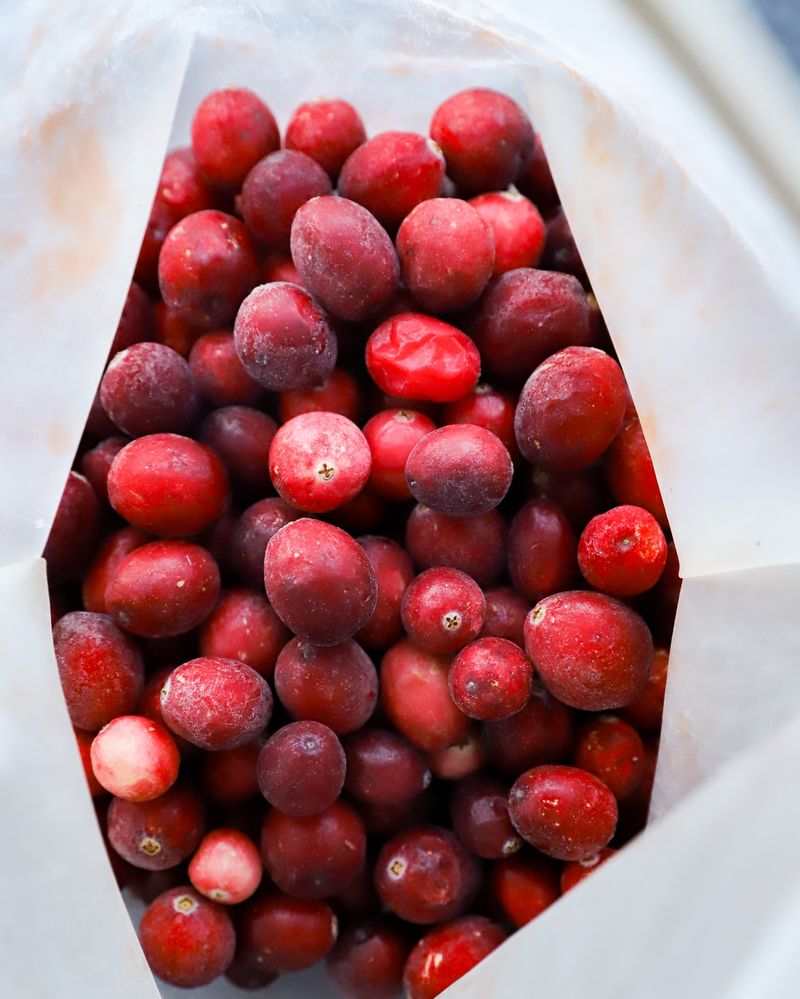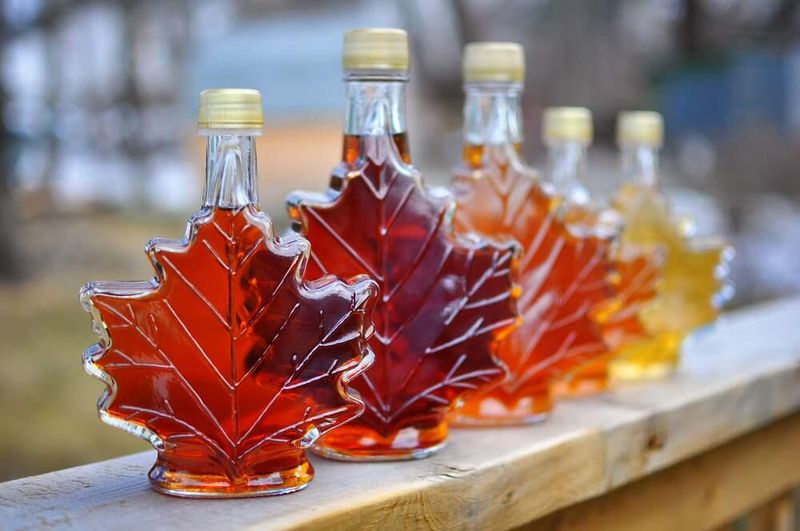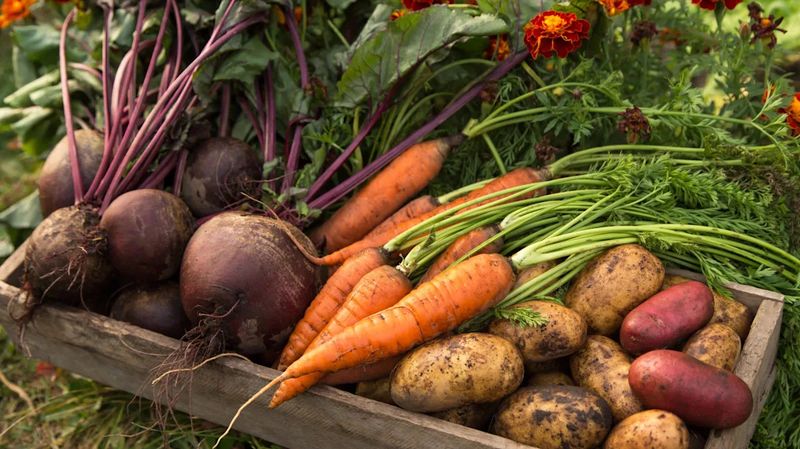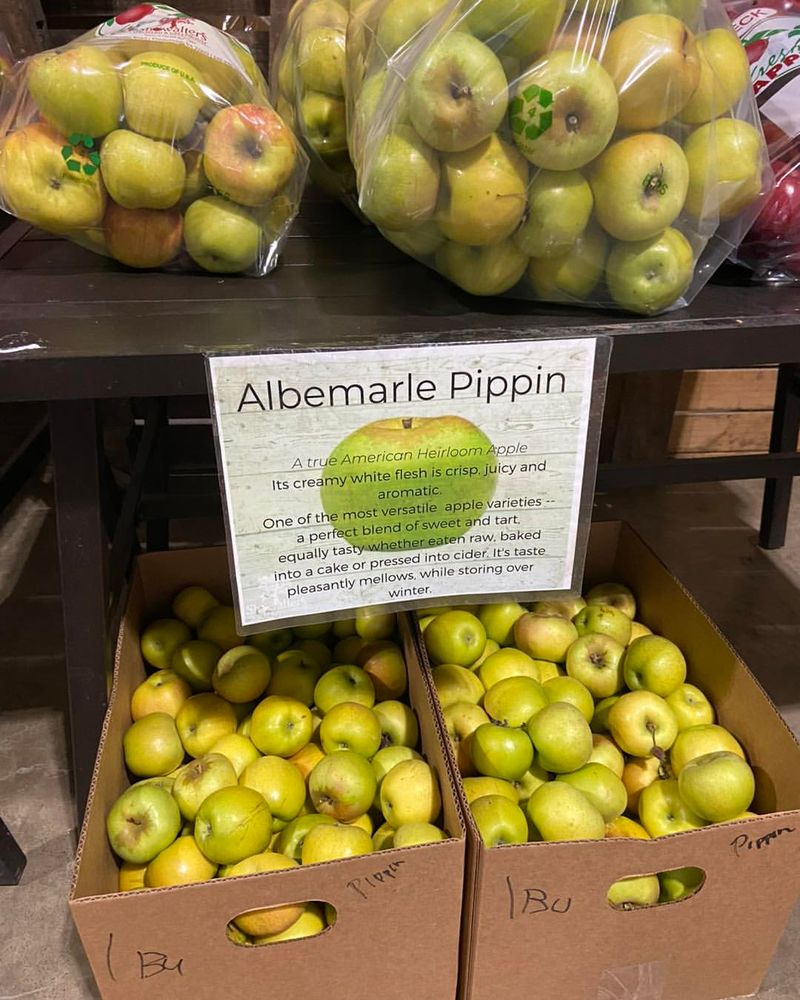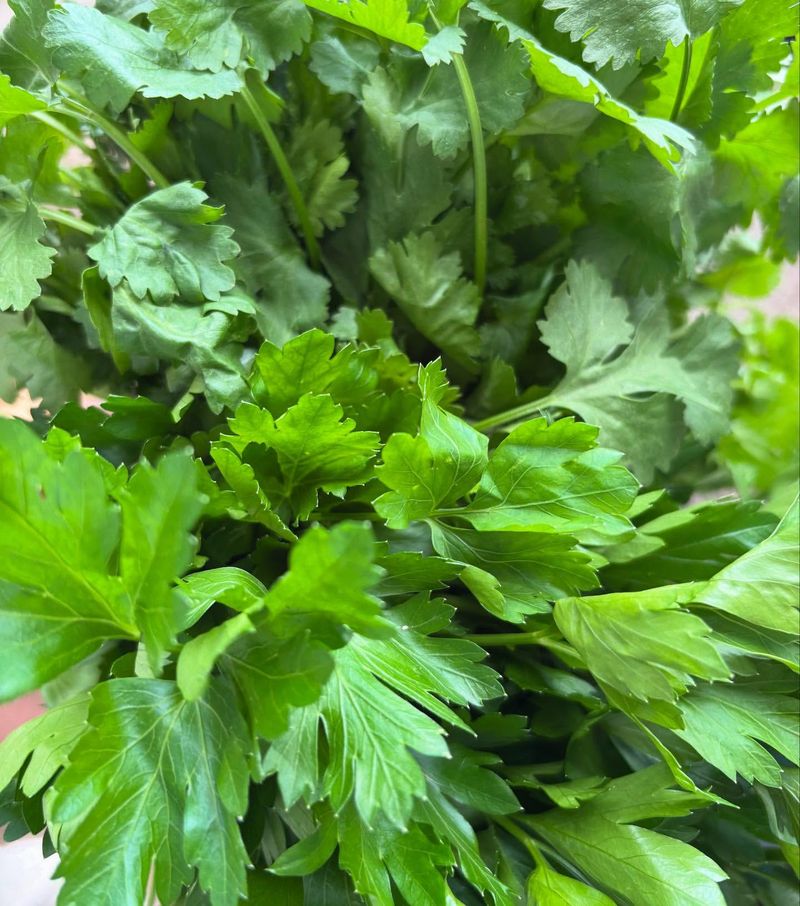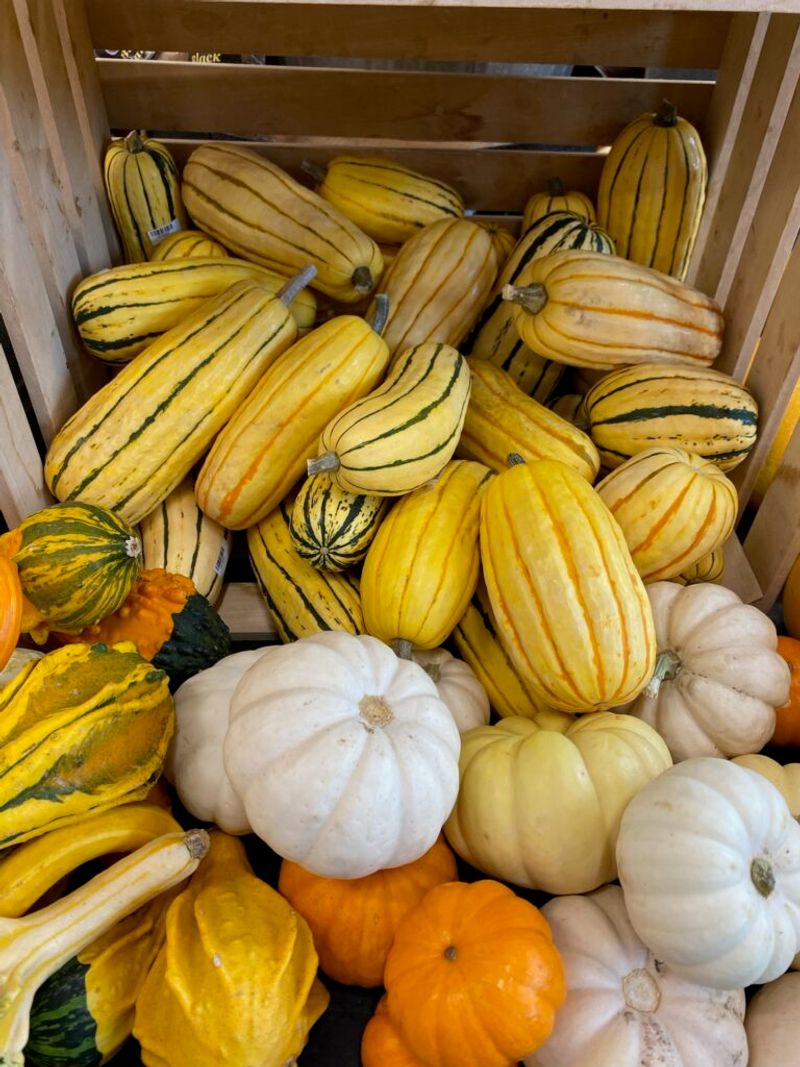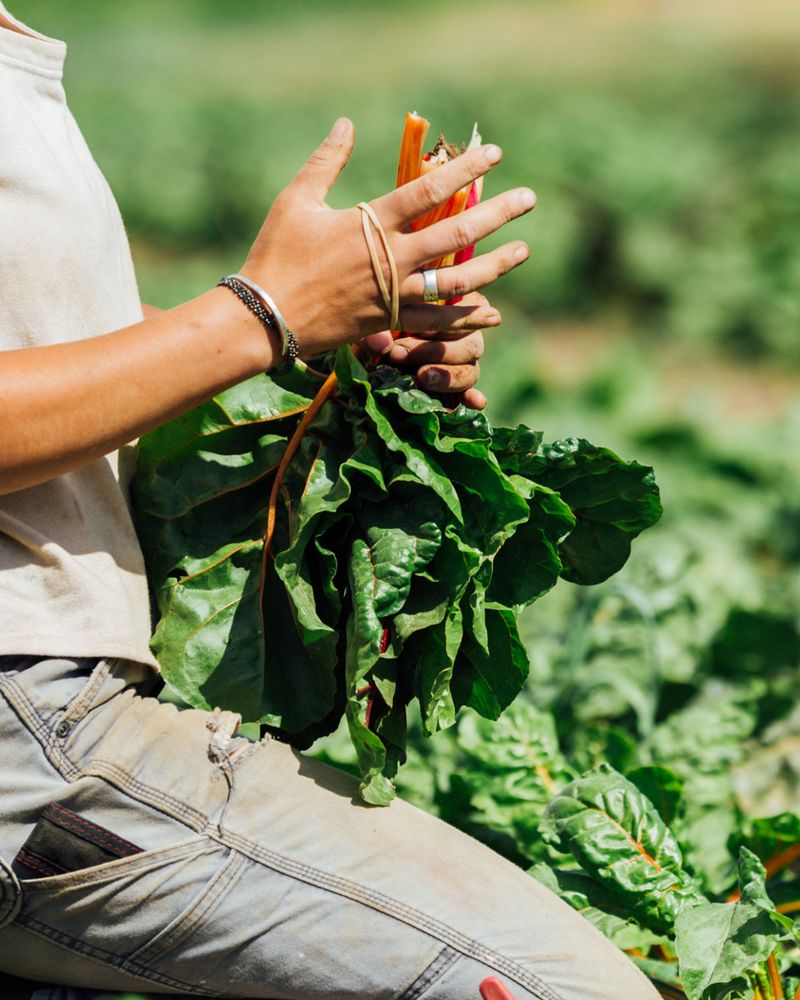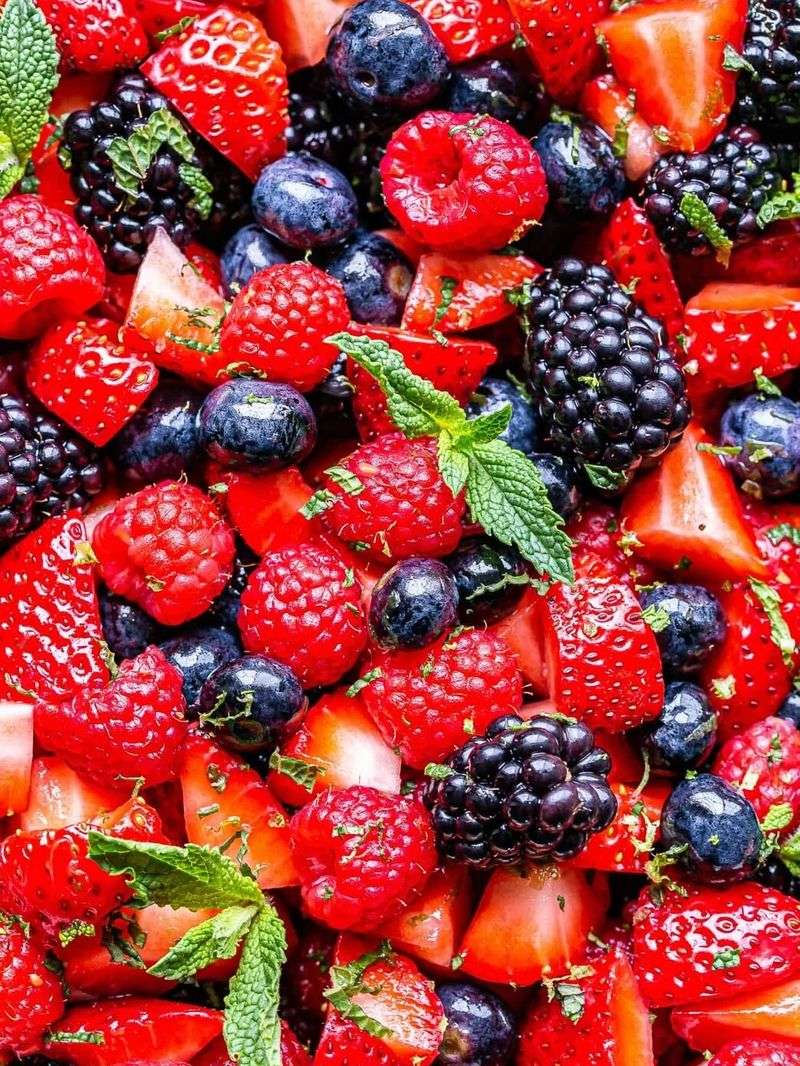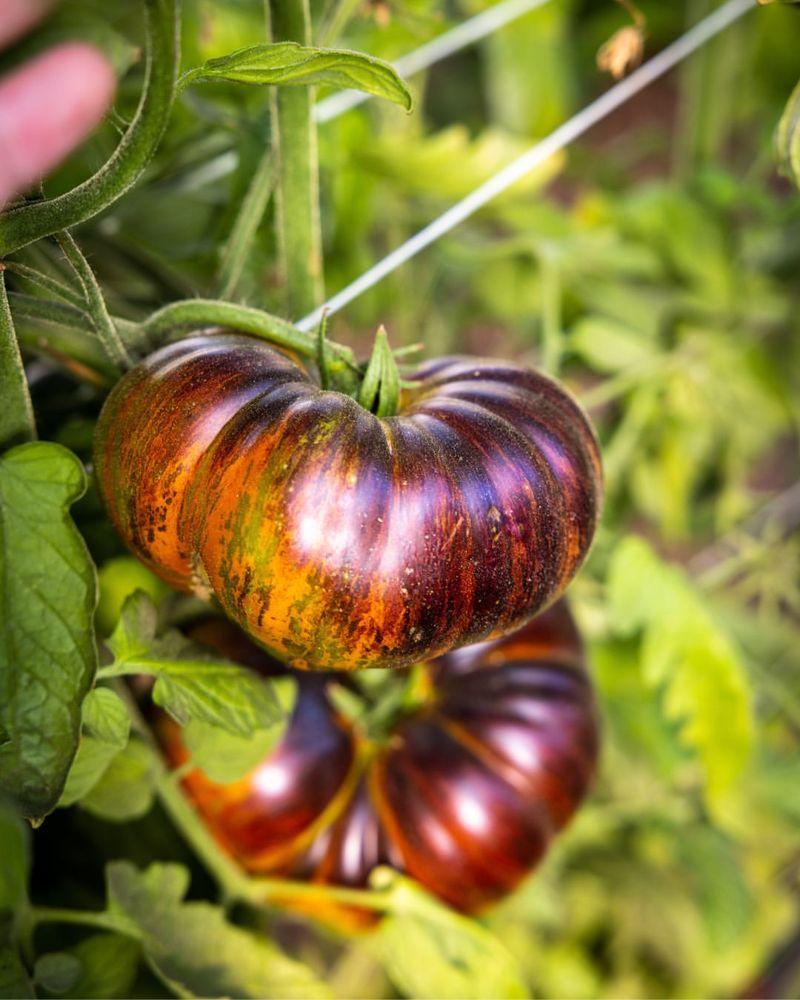Boston Public Market stands as a living showcase of New England’s agricultural heritage, connecting city dwellers with the region’s seasonal bounty. The market’s vendors bring decades of farming knowledge directly to shoppers, offering produce harvested from nearby fields and orchards.
For me, walking through the market in autumn brings back childhood memories of picking apples in western Massachusetts. The unmistakable scent of fresh cider and maple-infused treats creates an instant connection to the land.
Each season transforms the market’s offerings, reflecting what’s growing in gardens across the six New England states. From spring’s first tender greens to winter’s hearty root vegetables, the market serves as both grocery destination and living museum of regional food traditions.
1. Cranberries Defining A New England Harvest
The crimson jewels appear in early fall, bringing a tart brightness that’s uniquely northeastern. Massachusetts bogs produce some of the country’s finest berries, many finding their way to Boston Public Market’s specialty food vendors.
Local producers transform these berries into everything from traditional sauce to innovative preserves. The relationship between cranberry farmers and market vendors represents generations of agricultural knowledge passed down.
I discovered a cranberry-apple butter last November that completely transformed my morning toast routine. Beyond Thanksgiving tables, these berries appear in baked goods, beverages, and savory dishes throughout the cooler months.
2. Maple Syrup Linking Gardens To Seasonal Cooking
Early spring brings the distinctive sound of drip-drip-drip as maple trees release their precious sap. Family-run sugar houses across Vermont and New Hampshire transform this clear liquid into amber gold through careful boiling and filtering.
The market showcases various grades of syrup, from delicate golden to robust dark amber. Each bottle represents hours of labor and generations of expertise in the art of sugaring.
My favorite discovery was maple cream spread on fresh bread from another vendor’s stall. Beyond pancakes, creative cooks incorporate this sweetener into salad dressings, glazes for roasted vegetables, and countless baked goods.
3. Root Vegetables As Cold-Weather Staples
Winter gardens in New England yield treasures hidden beneath the soil – parsnips, turnips, beets, and carrots growing sweeter as temperatures drop. Local farmers store these underground gems in cool cellars, ensuring supply through the coldest months.
Colorful displays at Boston Public Market feature heritage varieties rarely seen in supermarkets. Purple carrots, watermelon radishes, and golden beets create vibrant market displays even when snow blankets the ground outside.
The earthy sweetness of roasted root vegetables became my winter comfort food after sampling a farm-to-table vendor’s seasonal hash. These humble vegetables connect modern shoppers with traditional New England survival foods that sustained generations through harsh winters.
4. Apples Carrying Orchard Traditions Into The Market
September brings over 40 apple varieties to market stalls, many grown within 50 miles of Boston. Farmers proudly display heirloom types alongside modern favorites, each with unique flavor profiles and best uses.
Honeycrisp and Macoun might be familiar to many shoppers, but Roxbury Russet—America’s oldest apple variety, first grown in Massachusetts—offers a taste of living history. Market vendors often provide recipe suggestions tailored to each variety’s characteristics.
An elderly orchardist once explained to me how her family has grown the same apple varieties for six generations. This continuity of agricultural knowledge makes each market purchase more meaningful than simply buying fruit.
5. Fresh Herbs That Shape Regional Recipes
Year-round herb cultivation happens in greenhouses across New England, bringing aromatic bundles to market even in January. Small-scale growers specialize in both common and unusual varieties, from rosemary and thyme to lovage and lemon verbena.
The market’s herb vendors often include recipe cards suggesting traditional New England uses. Some sellers offer potted plants, allowing customers to establish their own kitchen herb gardens at home.
Last summer, I purchased a bundle of beach plum and wild bergamot that a forager had carefully gathered from coastal areas. These native plants connected modern cooking with indigenous food traditions that predate European settlement by thousands of years.
6. Squash Varieties Tied To Autumn Gardens
Late summer brings the first delicate summer squashes, but autumn reveals the true diversity of this New England staple. Butternut, acorn, and delicata appear alongside lesser-known varieties like sweet dumpling and blue hubbard.
Many vendors display photographs showing how these vegetables grow in their fields. The sprawling vines and massive leaves create natural garden architecture before producing their colorful, shapely fruits.
A farmer once showed me a 200-year-old squash variety his family has preserved through seed saving. Boston Public Market becomes a living seed bank where these agricultural traditions continue through direct connections between growers and eaters.
7. Leafy Greens Supporting Year-Round Eating
Spring’s first tender lettuce marks the beginning of the growing season, a welcome sight after winter’s heavy foods. Forward-thinking farmers extend the season using row covers, hoop houses, and greenhouse technology.
Market shoppers find familiar spinach and kale alongside more unusual offerings like spicy mustard greens and bitter chicories. These leafy vegetables represent the innovation happening on small New England farms.
The salad mix I purchased last April contained tiny edible flowers and herb leaves, creating a garden on my plate. Year-round access to fresh greens represents a modern luxury that connects urban eaters to seasonal growing patterns.
8. Berries Signaling Summer Garden Abundance
June brings the first strawberries, followed by waves of blueberries, raspberries, and blackberries as summer progresses. These fragile fruits travel minimal distances from field to market, often picked just hours before sale.
Small-scale berry farmers practice sustainable growing methods that yield superior flavor. The intense sweetness of a perfectly ripe berry becomes a fleeting seasonal pleasure that cannot be replicated by imported alternatives.
My grandmother always claimed New England wild blueberries made the best pies in the world. Finding those same tiny berries at Boston Public Market creates a thread of continuity between generations of regional food knowledge.
9. Heirloom Tomatoes Bringing Local Fields To Market
August transforms market stalls into a kaleidoscope of tomato varieties, from tiny sun golds to massive beefsteaks in rainbow hues. These summer fruits represent the pinnacle of seasonal eating in New England gardens.
Farmers proudly display signs explaining each variety’s history and flavor profile. Some tomatoes carry stories stretching back generations, saved and replanted by families committed to preserving agricultural diversity.
The first perfectly ripe Black Brandywine tomato I tasted at the market completely changed my understanding of what this fruit could be. Boston Public Market provides a showcase for these ephemeral treasures during their brief but glorious season.

